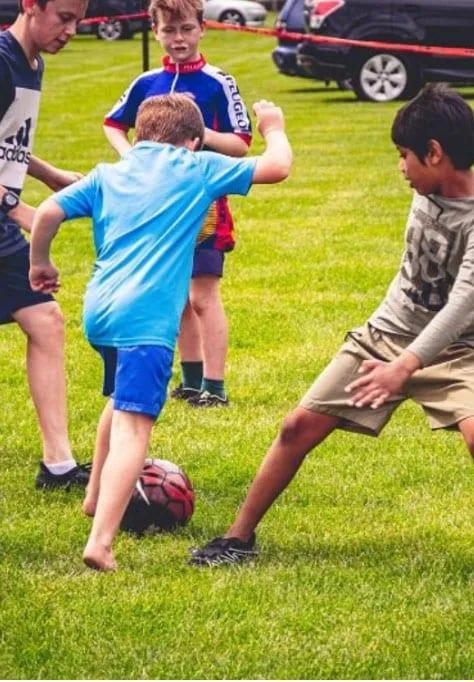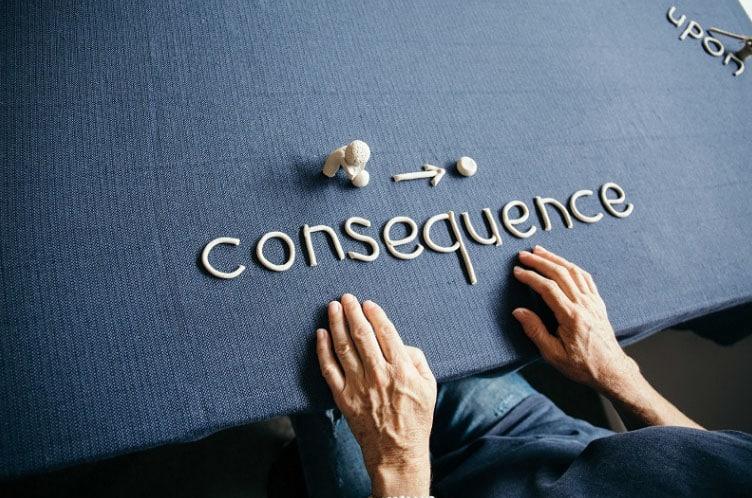Davis Tools for Dyspraxia
Dyspraxia, also known as Development Co-ordination Disorder (DCD), is a hidden condition that affects three times as many boys as girls – up to 10% of the population. Sometimes known as the ‘clumsy version of dyslexia’, dyspraxia impairs perception, co-ordination, movement, thought and language in children, young people and adults. These co-ordination challenges can affect children’s everyday life skills and participation in classroom, work and leisure activities. These difficulties can then lead to severe social and educational issues that affect children, and if left unaddressed, create life-long issues for young people and adults.

People with dyspraxia may experience difficulties with the following activities:
Producing legible handwriting and cutting things
Ball skills – kicking, catching, throwing accurately
Crawling, running, rolling and standing on one leg
Walking downstairs or along a wall
Bi-lateral integration – using a knife and a fork, drawing, or riding a bicycle
Visual discrimination – can’t determine depth, shapes, sizes
Audio discrimination – finds filtering out extraneous sounds challenging
Poor awareness of their body, its parts and their location in space
Dealing with change
Following sequences and instructions
Engaging appropriately in social settings – eye contact, personal space, reading social cues.
Dyspraxia Solutions
Most neurotypical or “normal” people perceive the world with their imagination or mind’s eye located in a stable place located behind their head. People with dyspraxia perceive the world from a place in front of them and below their line of sight. The result is that their brain often sees something before their eyes do, so they can mis-time a catch, knock things over, bump into furniture, drop things or trip over kerbs.
This gap between what the eyes see and what the brain perceives causes disorientation.
Sometimes we experience disorientation when we get off a merry-go-round – it seems the world around you is moving and you’re not –
it can be very uncomfortable and cause symptoms such as clumsiness, vertigo, dizziness and nausea.
I was an undiagnosed dyspraxic kid going to a small rural school in South Canterbury. I hated all team sports, because they involved balls that I couldn’t catch – "fumble-fingers Rachel!" I hated letting the team down with missed catches and always being the ‘D-reserve‘ on the netball team. I turned to reading, learning to play music and swimming as they seemed safer and I could achieve success and build my confidence with these activities.
When at the age of 50 I realized that I had dyspraxia and I could do something about it, it was such a relief!
No more embarrassment over dropped cups, spilt food, bike accidents or tripping over my toes!
I have applied the Davis tools to help control my dyspraxic disorientations and find I make fewer mistakes,
and am much more confident and reliable on my bike, shooting hoops, driving, writing and cooking.
Davis Tools for Dyspraxia are a tried-and-tested set of tools, that help people with dyspraxia function just the same as ‘the other kids’ (or adults).


How the Davis Tools Help with Dyspraxia
During the Initial Consultation, I will assess whether a Davis Programme can help a person. It’s an informal, no-obligation consultation that enables us both to get to know each other a little, and decide if we’re comfortable to work together during a programme. We focus on a self-assessment of strengths and challenges, and the person creates their own programme goals.
I then tailor an individualised programme to address those specific needs and goals, incorporating different activities to practice the core Davis tools of focus, relaxation, and energy management. Core concepts of change, consequence, time, sequence, order and disorder may also be incorporated in the programme. Each of these concepts are mastered in clay, then observed and experienced in the real world, so they become part of the individual’s identity.
Time can be spent on developing organisation and sequencing skills, ball skills, riding bikes or scooters, tying laces, handwriting, organising essays, solving puzzles and organising rooms or desks. Again, these activities are linked to the individual’s own programme goals.
You Will Receive
As with any Davis programme, people are provided with the following:
A no-obligation Initial Consultation
An individualised, 30-35 hour 1:1 programme
Support Training for a family member or tutor
Unlimited phone and email support and three in-person review sessions
Davis Programme Kit with all materials required for follow-up work
Case Study - a Davis programme delivers improved
co-ordination and focus
‘S’ is a bright nine-year-old boy with an inquisitive and creative mind and a warm personality. He was experiencing the following issues:
not being able to co-ordinate his body – falling down a lot, not being able to successfully participate in team ball sports
difficulties paying attention in school
not able to organise or finish projects at school – leaving working on projects to the very last moment.
During his Davis Mastery for Attention programme, ‘S’ learned to be able to control his perceptions with the Davis tools of Orientation, Release and energy Dial. These tools allowed him to more easily:

co-ordinate the movements of his body
catch and throw balls of various sizes, at increasingly faster speeds and accuracy
participate confidently in team sports
focus his attention when reading, writing, drawing and listening to his teachers.
During his Davis Mastery for Attention program, ‘S’ also learned how to create order from disorder in his room and organise and complete projects in his life.
At his first review, ‘S’ commented that he was getting his backlog of maths tasks done. He was also getting his handwriting tasks done in class by avoiding talking to his friend, and felt happier to have his work ready for marking. At the school variety show he used his Davis tools to support a friend who got stage fright, and kept the performance going. He showed the new Year 4s around school and had been DJing on school radio – multi-tasking with four microphones.
‘S’s teachers have reported that he is more focussed in class, and his Hapkido teacher commented on his kindness shown towards others.
For Help With Solutions for Dyspraxia, Contact Me Today
I’m passionate about helping people shift their co-ordination difficulties into learning talents and maximising their potential in many aspects of life. I use the highly effective Davis method to help neurodivergent people correct their perceptions of space, time, balance,
co-ordination and movement, empowering them to take control of their life and thrive at all activities.
Being clumsy does not have to be a life-long sentence of misery!
If you’d like to learn more about dyspraxia solutions, don’t hesitate to contact me today.

Professional services described as Davis™, including Davis Mastery for Dyslexia®, Davis™ Symbol Mastery, Davis™ Orientation Counseling, Davis™ Mastery for Attention, Davis™ Mastery for Maths, and Davis™ Foundations for Learning Literacy may only be provided by persons who are trained and licensed as Davis Facilitators or Specialists by Davis Dyslexia Association International.
